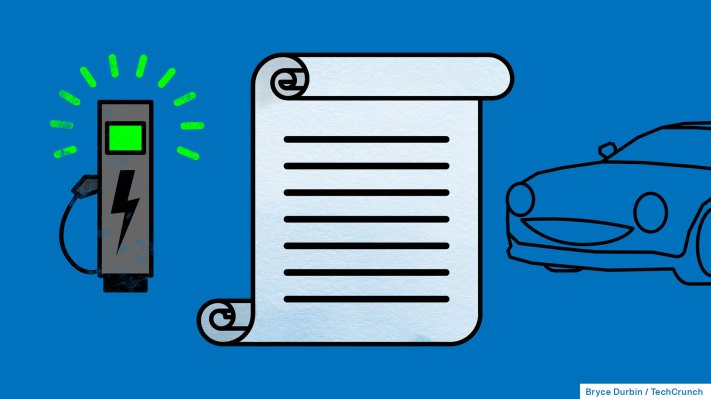From more chargers to improved reliability and apps, consider this a statement of rights for EV drivers who need fast charging

People love them electric vehicles. In questionnaire after questionnaire, the vast majority of EV owners say their next car will also be electric. EVs score top marks almost across the board, except for one: fast charging.
While most people do almost all of their charging at home, fast charging is still an essential part of owning an electric car. For some people, it allows them to buy an EV even if they don’t have access to a charger at home. For others, it’s what makes road trips possible.
Unless you own a Tesla, the fast charging experience has always been a mixed bag. That has certainly been my experience. In the past I’ve had reasonable success finding working chargers that deliver good speeds. But over the July 4th long holiday weekend, things weren’t just bad, they were terrible.
It didn’t make me optimistic about the future of fast charging. I’ve had an EV since 2015 and can remember when 50kW was considered “fast” charging. While I do most of my charging at home, I’ve used half a dozen major networks and countless random Level 2 chargers. Last fall I rented part of a Tesla to experience the Supercharger network. You could say I’m well versed in the EV experience.
That’s why I was shocked at the state of non-Tesla fast charging last weekend. During just 350 miles of round trip driving, I encountered a laundry list of EV charging nafus.
Before we even started the journey, I ruled out several locations because they were only partially operational. Once on the road, the first charger I tried broke shortly after plugging it in. The next one, a slower one, wouldn’t start because it thought I was still charging on the broken one. Yet another location was found to have two working plugs, though one was dribbling electrons more slowly than my home equipment.
I called customer service three times. They were helpful once. I had painful experiences with both Electrify America and ChargePoint, two of the country’s “leading” non-Tesla charging networks. Although survey-based, it probably wouldn’t have been any different if I’d tried using one of the others.
If the US wants to be prepared for the upcoming tidal wave of electric cars, it better get its charging infrastructure up and running quickly. EV drivers deserve better than what they have today. Here are seven things – a letter of rights, if you will – that outline what it takes to make fast charging practical for the road-using public.
Article I: Working chargers
You would think this is the bare minimum needed to operate a charging network, but here we are. a study of the combined charging system in the San Francisco Bay Area (CCS) equipment broke down in more than a quarter last year. That figure more or less coincides with a recent survey of EV drivers, more than a third found faulty hardware.
Given my experience over the weekend, I’d bet those numbers are conservative. As more people buy EVs, public charging equipment becomes more used, adding to wear and tear. Given the maintenance was already terrible, it is likely that conditions will worsen. They’re probably at an all-time low in crowded hallways on holiday weekends, right when the driving public has the least patience for trouble.
